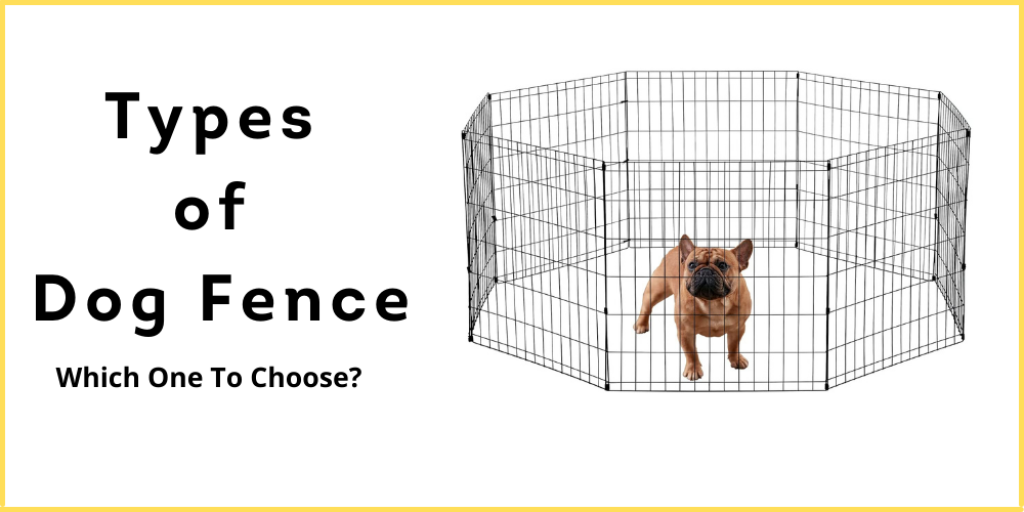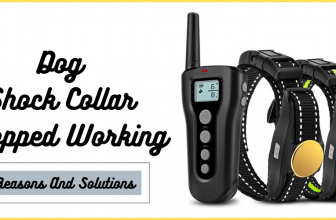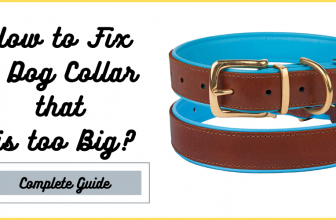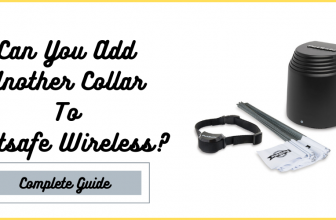A fence is an extension for your dog which allows them to experience nature beyond the four walls of a house. It allows them to enjoy nature because unlike inside a house, they can run around freely, see the sun, feel the wind and other elements.
It keeps it safe and within your eyes range, where it can be found easily. A fence provides your dog with more freedom and space than it would get in a house no matter the size of your furry friend.
Contents
Types of Dog Fence – Which One To Choose?
There are various types of fences manufactured to help keep your dog safe. These fences might work in different ways but they have one purpose which is, to contain your dog safely while it still runs freely. Now, while some of these fences are capable of keeping other animals and intruders away from your yard, some of them are not. They only restrict the dog from moving outside the yard.
Some of them can be seen while some are not. The kind of fence you need depends on the size of your dog, the quality of material you need, and how many times you leave your dog unsupervised. Whichever one still keeps your dog safe and keeps it from wandering off. Before you go to purchase a dog fence, check out these types of dog fences.
1. Snow fences
This is made of meshed wire fabrics. The wires are closely fitted and stretched to be tight. This is so that even the littlest dog cannot stick its paw inside it or pass through it. It is one of the cheapest options but not so durable.
2. Invisible Fences
These are wireless electric and underground fences that come with a collar. They are installed below the ground and the collar is worn by the dog. As the dog gets closer to its boundary, the collar beeps to warn the dog. But it delivers a static shock when the dog works outside its boundary.
The shock is mild and harmless. The boundary is defined by the invisible fence wire which is buried in the ground.
Everything has its setback and this fence is not without its. The collar can malfunction due to electricity fluctuations or battery issues. This fence also does not affect or restrict people from entering your yard and therefore can be stolen by intruding animals or people.
Dogs can also withstand the static shock if there is a greater price beyond the fence. Training is compulsory for this fence to function effectively. Or else, your dog will keep hurting itself every time.
3. Chain Linked Fences
These are fences made with heavy metal chains linked to each other. It is a cheaper option that provides every form of safety almost as much as a solid barrier fence. For an ordinary dog owner, it might take time to install but not for professionals. They are also long-lasting.
But one major setback with this type of fence is that your dog can climb over it. The links between the chains have spaces which your dog can put its foot to climb over it.
4. Solid Fences
These are fences made of wooden material, Vinyl, metal, and other solid materials. Fences made with any of these materials are strong and the best for dogs that get distracted easily. They have no holes or space to help your dog climb over them.
Have you heard the expression “Give your Dog its privacy”? Well, this fence is the perfect fence to keep to that expression. Because the fence is made of solid material, your dog cannot see what is on the other side, neither can passers-by or your neighbors see what’s in your yard. Kids, neighbors, and other animals cannot wander into your yard at least not without your permission.
It might not be the cheapest of the dog fence options but it does do a lot. It is definitely worth the investment and many dog owners would go for it if they had what it takes to build one. But dogs are quite curious and can be smart sometimes.
When they hear something coming from the other side of the fence, they would want to know what it is. This causes them to dig under the fence to the other side. This problem is faced by most dog owners whose dogs are big and of an active breed.
But don’t, worry there is a solution to this problem. Underground barriers such as vinegar or cayenne paper dog repellant or dog defense can be used to your furry friend from digging under your fence.
Other Dog Fences:
- Wireless
- Electric
- Underground
- GPS
- Portable
Which Dog Fence is Good To Choose?
As explained above, there are a lot of fences that are good at keeping your dog safe but every one of them has their setbacks. Choosing a fence for your dog requires that you consider some factors, the breed of your dog against the type of fences and your budget.
According to research and reports from dog owners, solid barrier dog fences are a very good pick. These fences block your dog from distractions and keep them from climbing over the fence. They provide privacy and a couple of other things. It might be quite expensive but worth the investment.
Conclusion:
Do not, in an effort to be penny-wise threaten the safety of your furry best friend. Fences, be they of any type are worth the investment and your lovely doggie needs them. Just as far as it is made with high-quality materials.
When getting a fence, the height and depth of it affect its effectiveness too. A four feet fence might not do well to keep especially big dogs inside.
And an invisible fence wire buried as far as 7 feet into the ground might not too. Build a fence at least 5 to 6 feet high and bury your wire 3 feet into the ground. This is just enough to keep your dog from jumping over the fence and enough to send signals to the dog collar, respectively.








